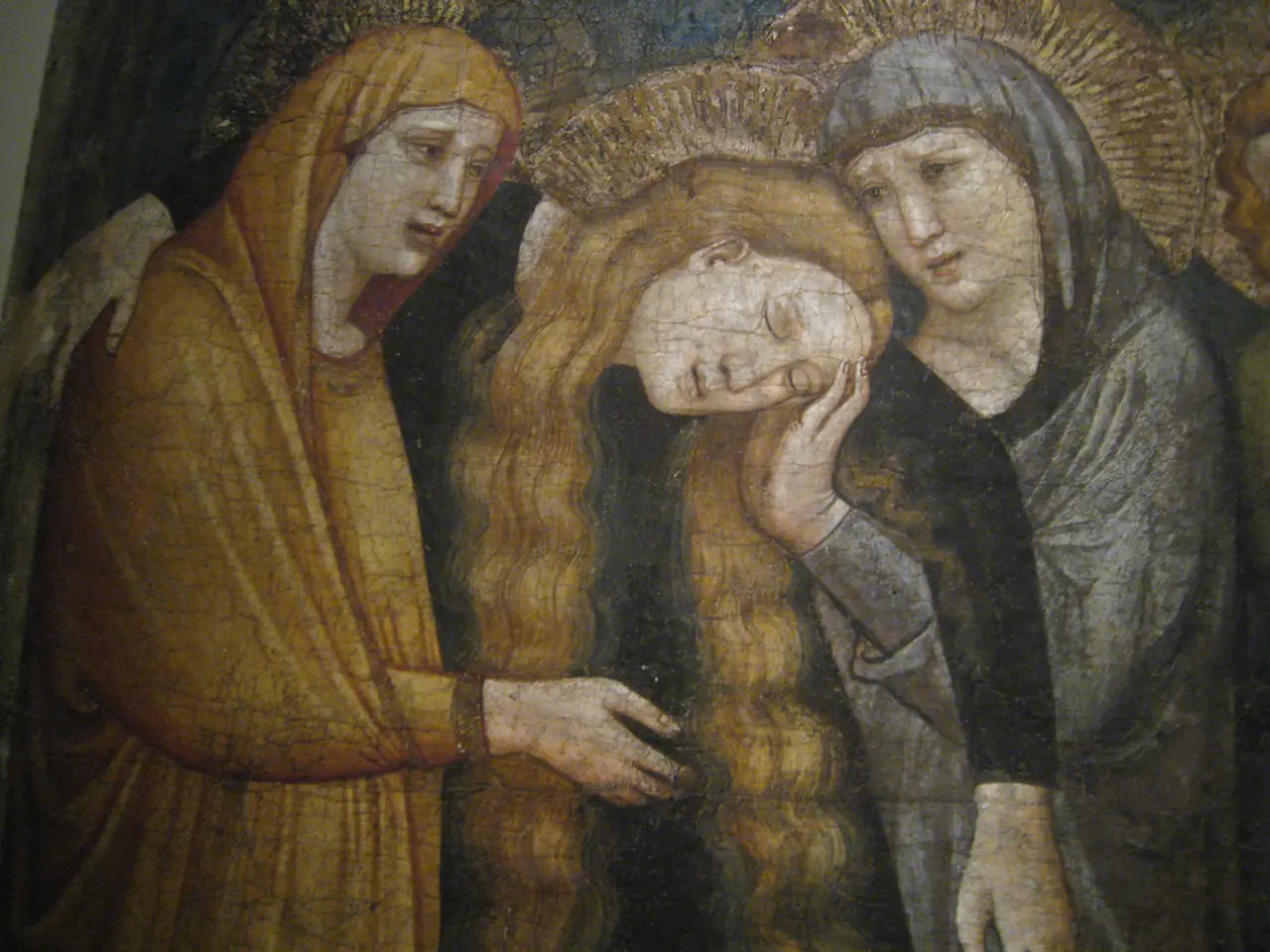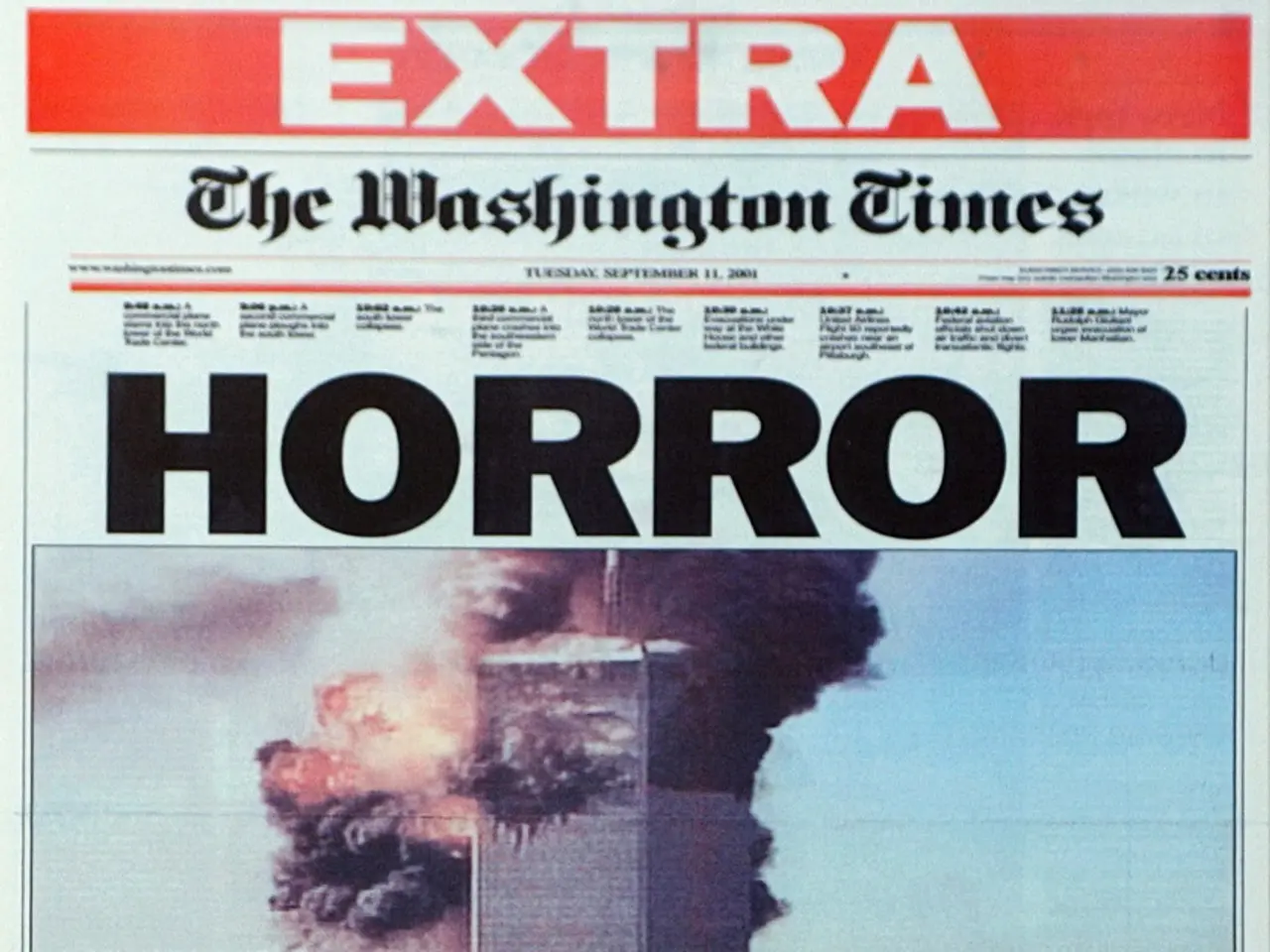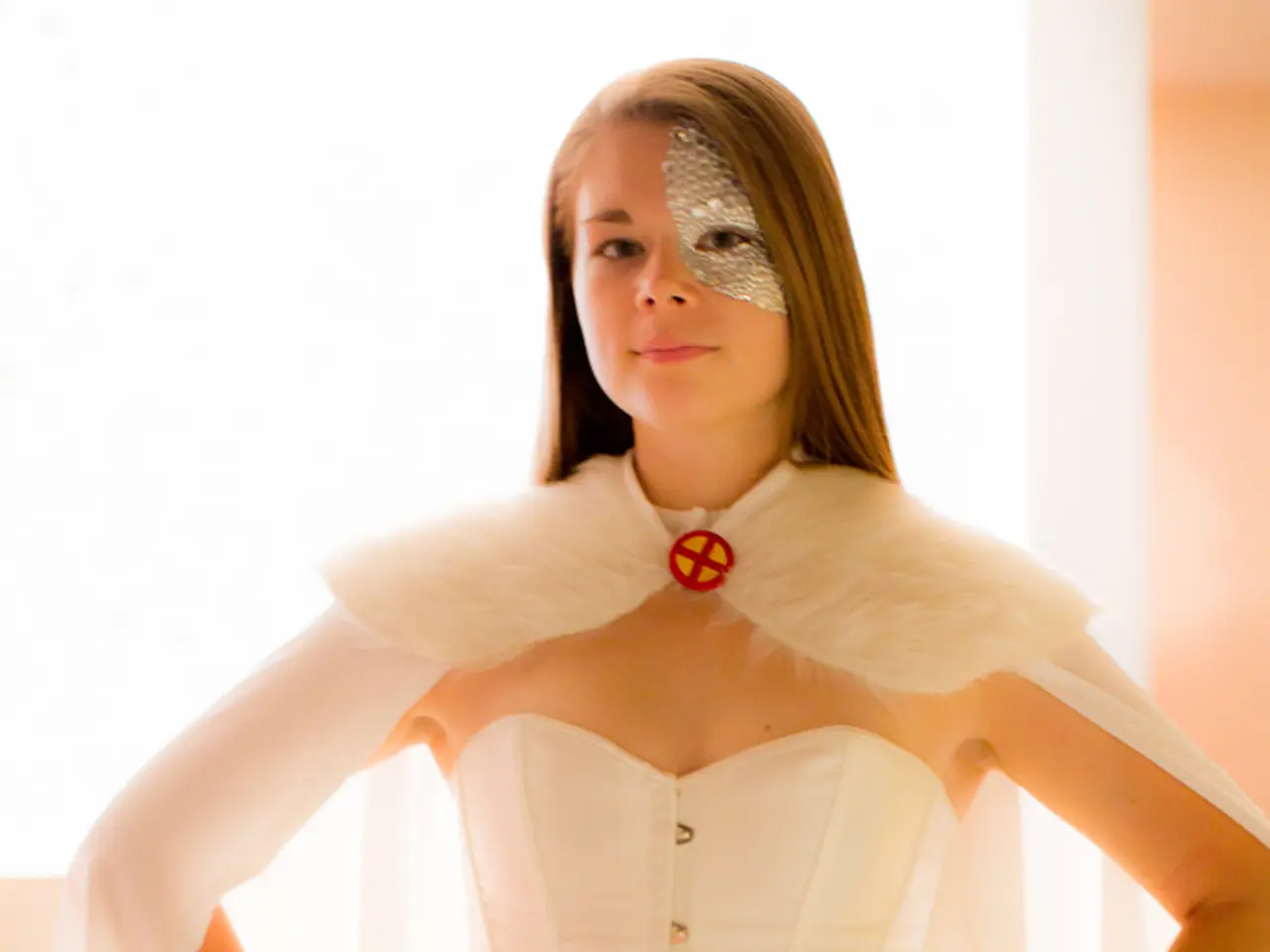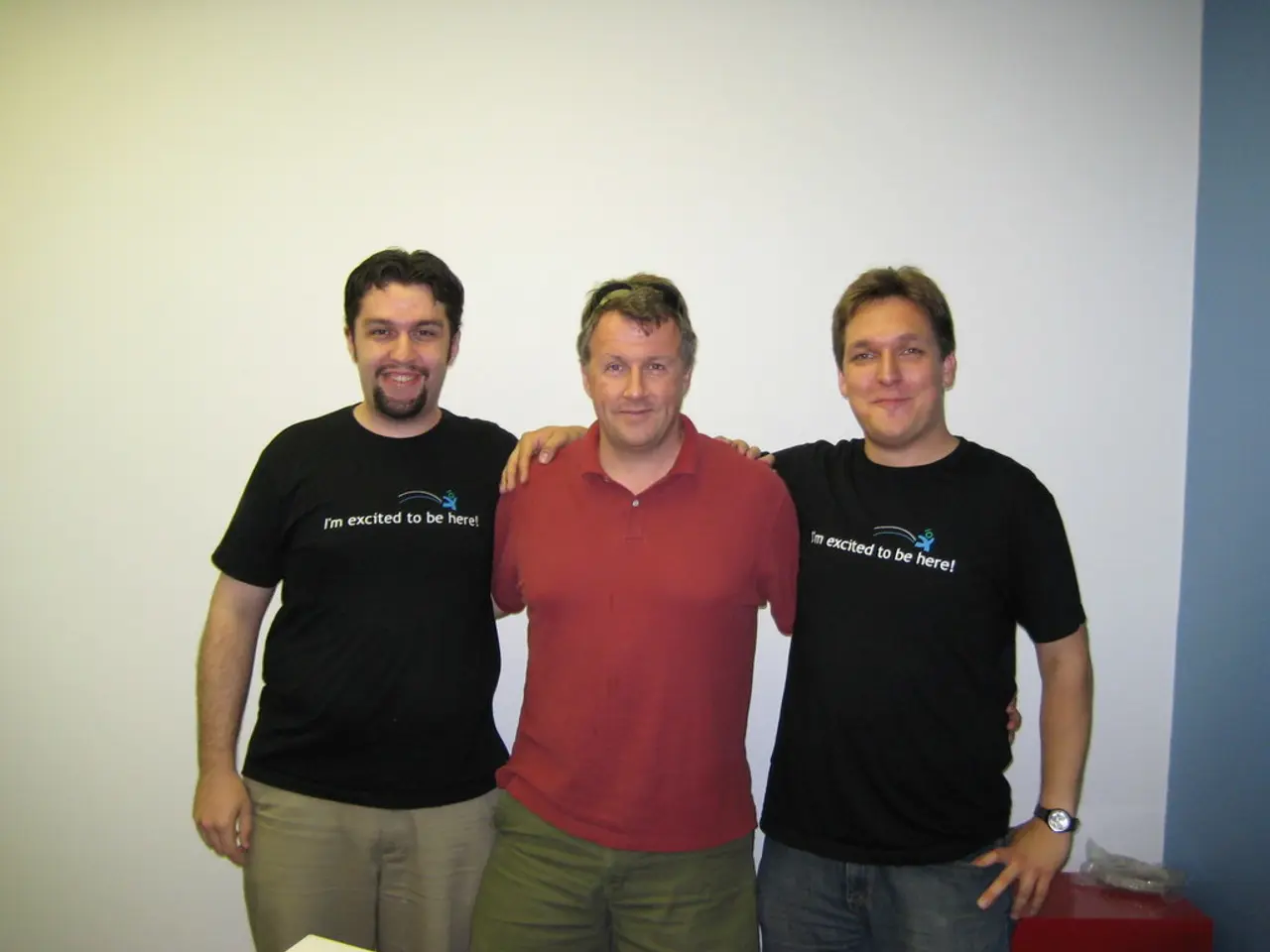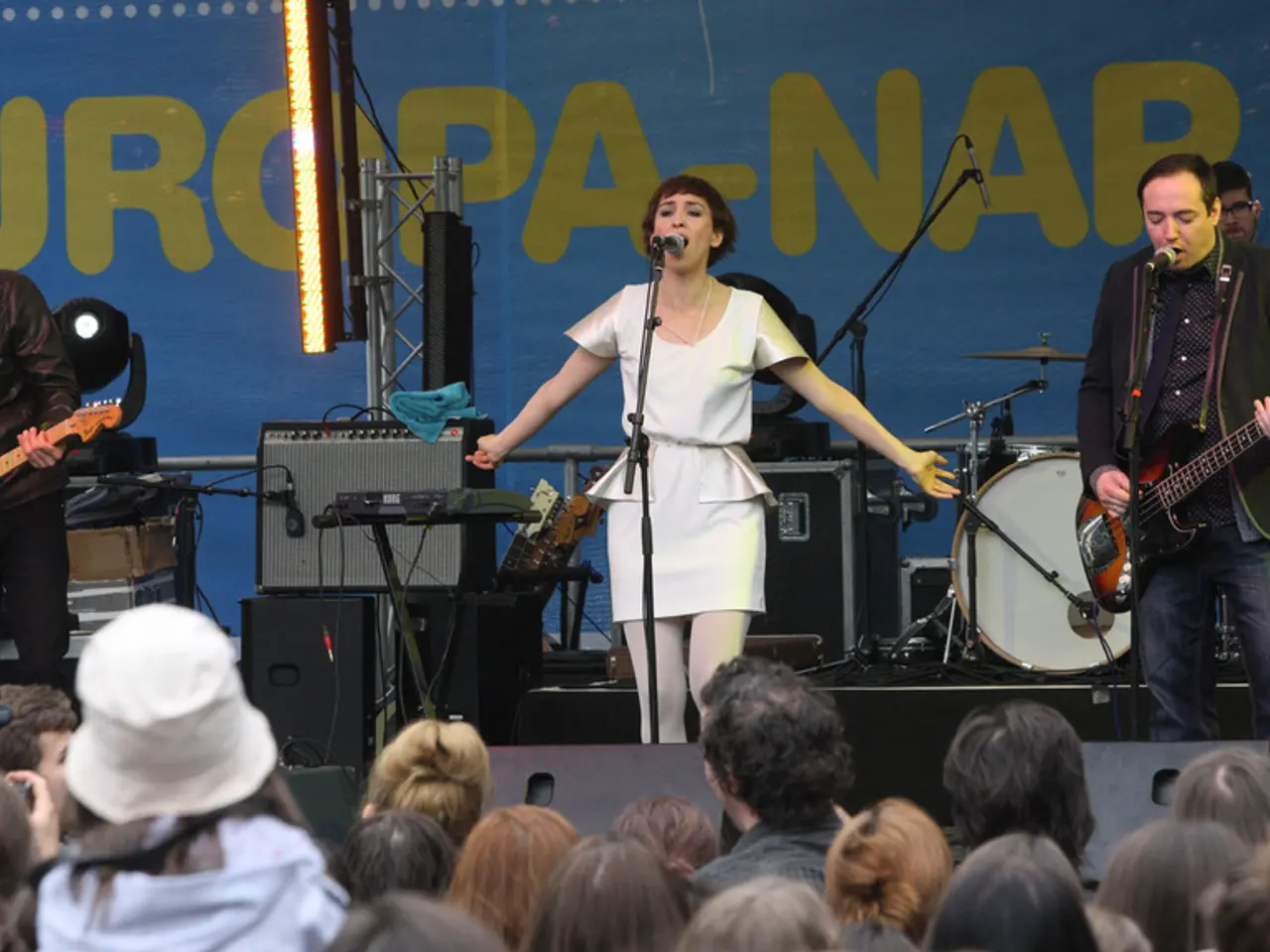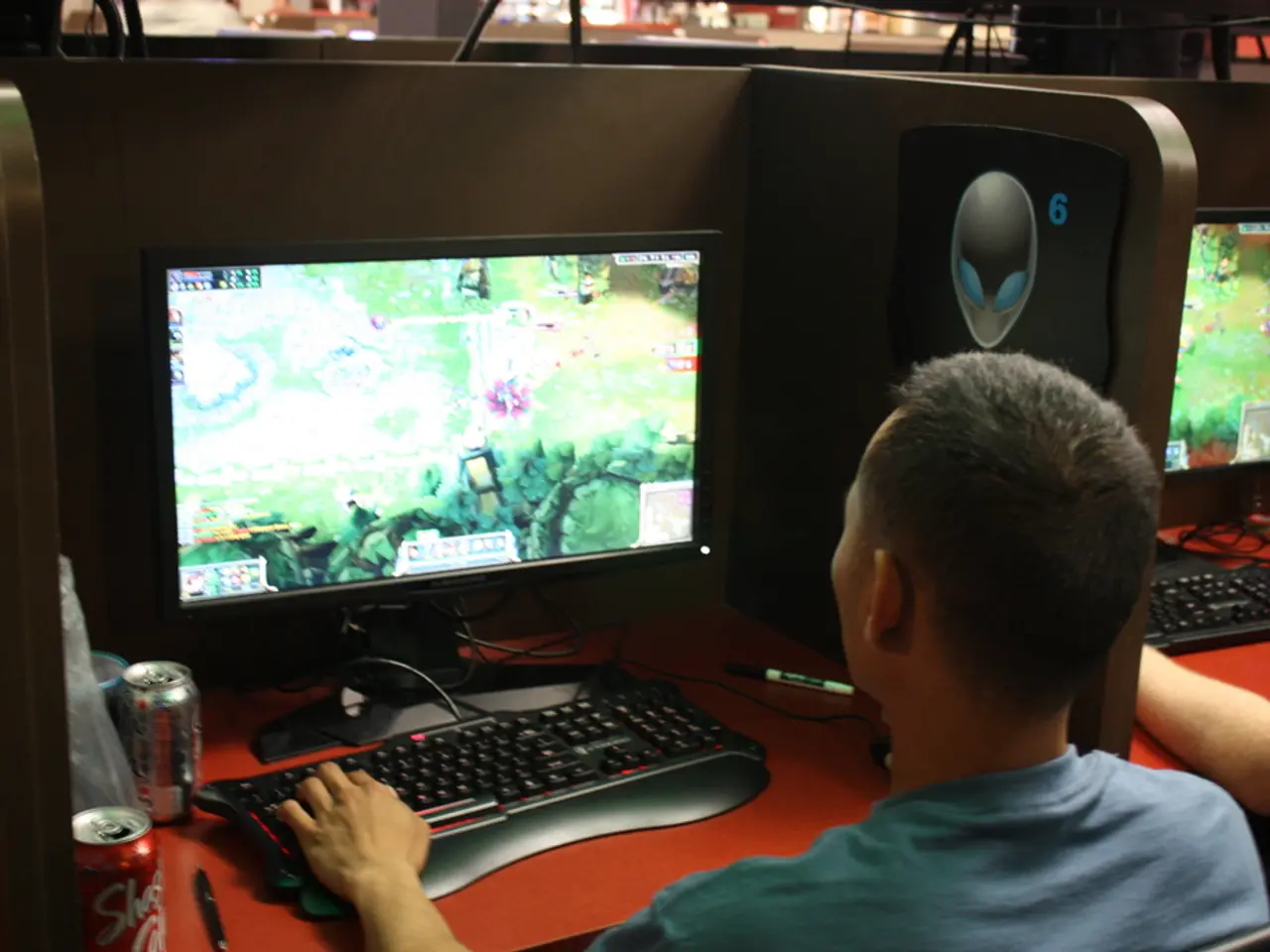Stan Douglas's extensive survey challenges conventional thinking, envisioning a novel future intricately woven from the fabric of the past.
Stan Douglas, a renowned Canadian artist, has a current video installation at Bard College's Hessel Museum of Art. This marks his first US survey in more than 20 years, showcasing his thought-provoking works that delve into the complexities of history and its portrayal in media [1].
One of the highlights of the exhibition is Douglas's video installation, "Birth of a Nation" (2025), which critically revisits D.W. Griffith’s 1915 film of the same name. Known for its technical innovations and deeply racist portrayal and glorification of the Ku Klux Klan, Douglas's installation estranges and challenges these fraught racist narratives by reimagining the historical record from alternative and often grassroots perspectives [3][5].
The concept behind Douglas's work is to explore history as an unsettled domain where pivotal moments could have unfolded differently, emphasizing that history is ongoing, unresolved, and connected to the present. By revisiting this controversial film, Douglas aims not to simply reconstruct it but to amend and imagine alternative historical outcomes, counteracting the original’s overt racism and reclaiming history from its distorted narrative [3][5].
"Birth of a Nation" includes a ghost-character named Gus that never appears in the 1915 film. It also re-presents a sequence from the Griffith film with few alterations and adds four new videos. One of these new videos shows a character named Flora admiring a squirrel, not a bird, as in the original. Another features a burning cross that Griffith never depicted during a lynching scene [5].
Following the lynching, one of Douglas's channels turns to color, leaving a blue screen behind. This shift in visual language serves as a powerful reminder of the ongoing struggle for justice and the enduring impact of historical events on the present [5].
In another work, "Nu•tka•" (1996), Douglas explores colonial squabbling over land through overlapping voices of a Spanish explorer and a British naval captain. Filmed on Vancouver Island, this early work was one of the rarely seen pieces in the Bard exhibition [2].
"New York City, 1 October 2011", made in 2021, about a decade after the events pictured, includes decisions about foregrounding the heavy presence of law enforcement. Douglas's photographic work, such as this piece, includes staged elements that have been elaborately stitched together [4].
The exhibition, curated by Lauren Cornell, spotlights the conceptually rich side of Douglas's oeuvre, offering visitors a thought-provoking exploration of history, media, and the ongoing struggle for truth and justice [1]. Douglas's artistic project has included re-editing and remaking history since his work "Hors-Champs" (1992) [6]. Through his innovative and challenging works, Douglas invites us to question, reconsider, and reimagine our understanding of the past, present, and future.
References: [1] https://www.bard.edu/academics/hessel-museum-of-art/exhibitions/stan-douglas [2] https://www.theguardian.com/artanddesign/2021/mar/18/stan-douglas-bard-college-exhibition-reimagines-history-of-us-in-video [3] https://www.nytimes.com/2021/03/18/arts/design/stan-douglas-bard-college-exhibition.html [4] https://www.artnews.com/art-news/news/stan-douglas-bard-college-exhibition-1234616284/ [5] https://www.artforum.com/reviews/stan-douglas-bard-college-79131 [6] https://www.theartnewspaper.com/news/stan-douglas-bard-college-exhibition-explores-history-as-an-unsettled-domain
- Stan Douglas's current video installation at Bard College's Hessel Museum of Art is part of an exhibition that highlights his thought-provoking works in art and photography, exploring history's complexities and portrayal in media.
- One of the installations showcased in the exhibition is Douglas's work titled "Birth of a Nation," a critical revisitation of the 1915 film of the same name, which estranges and challenges racially fraught narratives by reimagining historical records from alternative perspectives.
- In "Birth of a Nation," Douglas employs a ghost-character called Gus, and reassembles sequences from the original film, adding four new videos to create a powerful critique of the overt racism in the 1915 film and to reclaim history from its distorted narrative.
- The exhibition, curated by Lauren Cornell, emphasizes the conceptually rich side of Douglas's artistic project, inviting visitors to question, reconsider, and reimagine their understanding of history, media, and the ongoing struggle for truth and justice.
